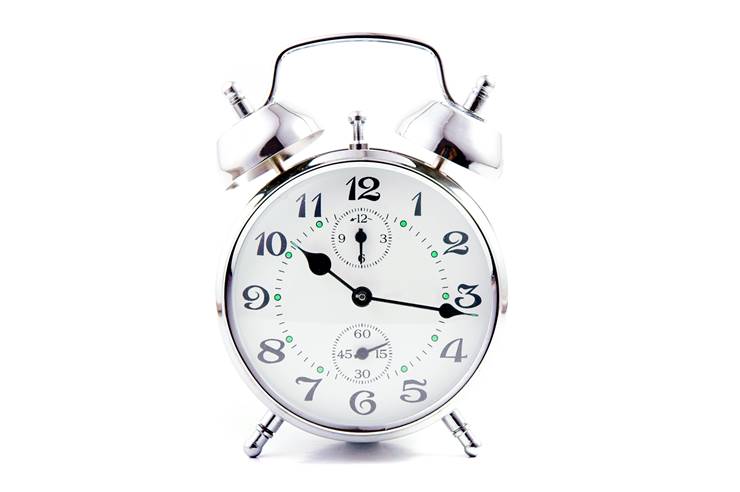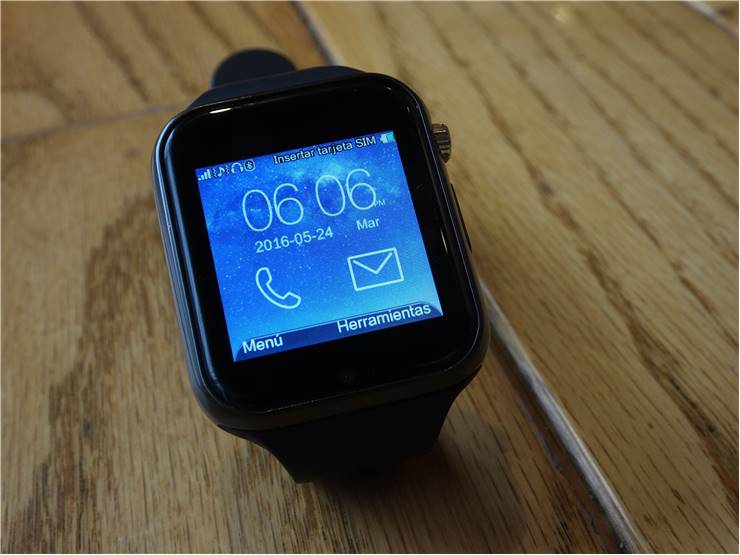Types of Clocks
Analog Clocks
Analog clocks are most often using famous clock face - moving hands of hour and minute handles over the arrangement of fixed numbered dials that are placed in a circle that signifies 12 hours of one day. Shorter hour hand can make exactly 2 revolutions in one day, and longer minute hand makes one revolution every hour. Sometimes (but not always) the long but very thin “seconds” hand makes one revolution per minute. Through our history, clocks briefly used different configurations – 10 hour clock during French Revolution and 18th century Italian 6 hour clock. Both designs were abandoned in favor of standardized 24 hour analog dial.
Sundials can also be considered as analogue clock. With over 5 thousand years long tradition of using sundials (3500 BC – 1850s AD), this type of clock represent the longest lasting clock design of our history. By following sun’s shadow that is recorded by sundial’s gnomon, but many problems of this clock use are one of the main reasons they are not used today (inability to be absolutely accurate, manual calculation of daylight saving time, seasonal changes, inability to work during night and cloudy weather).

Digital clocks
Rise of the digital era enabled us to gain access to very precise and reliable electronic clocks that display time with numeric displays. The two most common display formats are 24-hour notation (from 00-23) and in 12-hor notation where clock must also show AM/PM indicator. With each passing year, digital clocks gain ground over slowly disappearing analogue clocks. Display surface of this clock does not need to be inside of small LCD, LED or VFD screens, but they can also be projected on either very large public surfaces or indoors for persons with imperfects vision.
Electronic Word clocks
Word clocks are not using numeric display, but instead they are writing natural sentences on the screen that tells us time. Sentences can be recorded either via software or with hardware.
Auditory clocks
Clocks that used recording of human voice or computer generated voice to tell time. Alternatively, instead of voice time can be presented as auditory codes. This type of clocks is often used for announcing time in large areas (church bells that tool specific number of times at the start of each hour), telephony or for blind people.
Tactile clocks
People with imperfect vision or blindness can also use clocks that are producing physical representation of the numbers on their surfaces, either as standard numbers or in blind text code.
Multi Display clocks
This type of clock can be either analogue or digital, and their main feature is ability to show multiple time zones, have multiple faces, or use several time standards.


